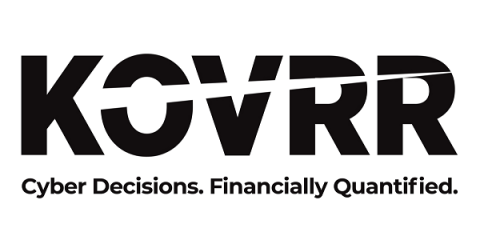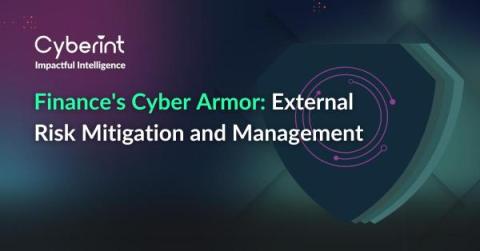Nucleus Security Raises $43 Million Series B Funding to Lead Innovation in Enterprise Risk-Based Vulnerability Management
Nucleus Security announces it has secured $43 million in Series B funding led by Arthur Ventures and Lead Edge Capital. This milestone marks a significant leap forward in the company's mission to redefine how enterprises manage risk exposure from vulnerabilities across infrastructure, cloud, and application portfolios in one unified platform.









